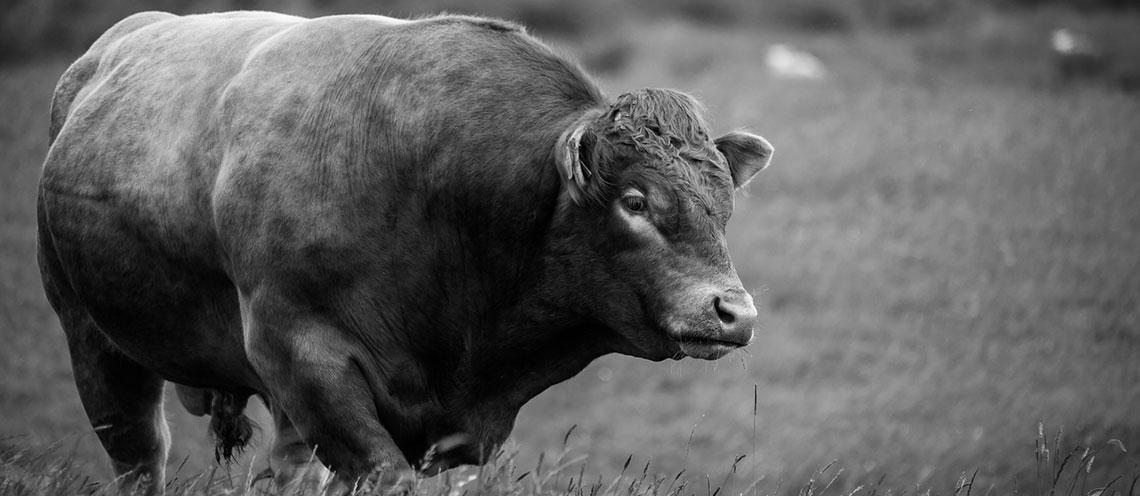
The Importance of Breeding Soundness Exams
Thursday, January 12, 2017
The breeding soundness examination (BSE) plays an important role in herd reproduction. Successful operations require that bulls have the ability to identify estrus females, service the females, and produce high quality sperm to fertilize the waiting egg.
Cow calf operations depend on calves for replacement animals and as a revenue stream. Feeding open cows for an entire season can have a major impact on farm success.
Performing BSEs on herd bulls can help rule out animals with limitations that would likely impact a future calf crop. Even older bulls that have successfully sired calf crops can develop problems that impact their fertility.
It is important to check herd bulls at least once a year. Bulls are inspected for overall general health, conformation and body condition score. The genital organs are inspected and an examination of sperm is conducted.
Semen is typically collected via electroejaculation for a BSE.
The potential for sperm production is estimated by measuring scrotal circumference. Scrotal circumference is strongly correlated with daily sperm output and, therefore, the number of females he can settle in a limited time.
It is now highly recommended that each bull that has reached puberty be tested for trichomoniasis, a sexually transmitted disease. Sample collection is quick, easily preformed right after semen collection and can save the livestock producer from a devastating reduction in calf crop.
After the BSE is completed, the bull is classified as a satisfactory, questionable, or unsatisfactory prospective breeder.
An animal with physical defects that may be inherited (including cryptorchidism) should be declared unsatisfactory. Cryptorchidism is the absence of one or both testes from the scrotum.
In order to do a BSE, the bull should be placed in a chute where the veterinarian has easy access to examine the animal.
A BSE routinely takes about 10-20 minutes per male depending on the facilities and animal flow. The cost up front for the BSE can save you thousands down the road when birthing season arrives.
by Elisabeth J. Giedt, DVM
Veterinary Viewpoints is provided by the faculty of the OSU Veterinary Medical Hospital. Certified by the American Animal Hospital Association, the hospital is open to the public providing routine and specialized care for all species and 24-hour emergency care, 365 days a year.
